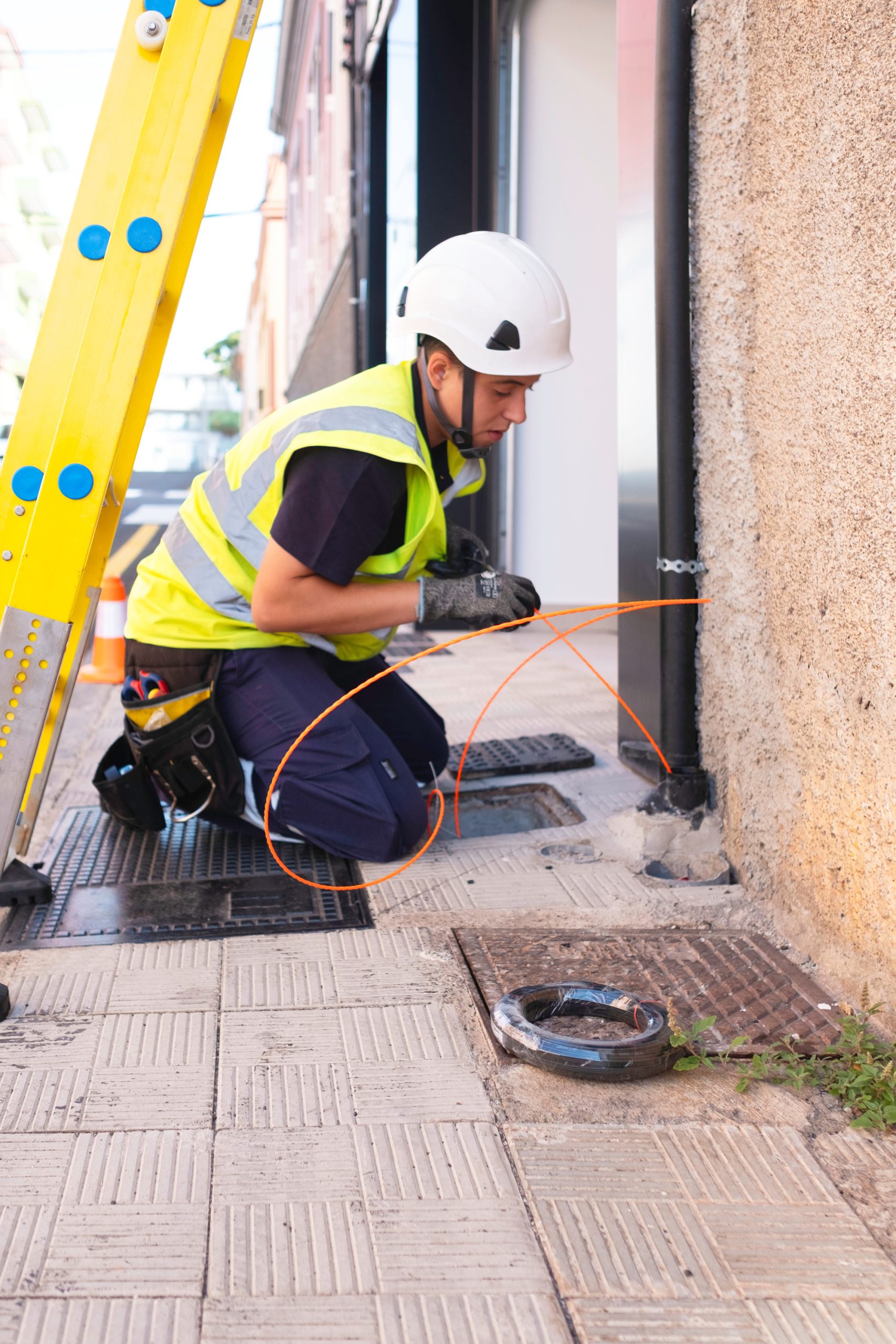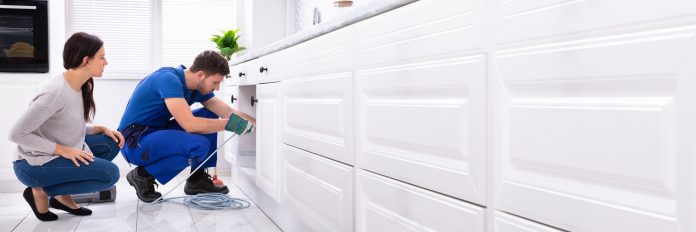As a homeowner, you’ll want to keep your house in great shape, including the pipes. The sewer line, in particular, is vital to the plumbing system because it takes trash and water away from your home.
Unfortunately, it’s a shame sewer line damage can mean expensive fixes, especially if the damage is terrible. Did you know that it might cost as much as USD$20,000? This could be a major hassle, especially if unprepared for such an expense. Also, don’t forget the many health issues sewage leaks might bring to your household.
Don’t worry, though—you’re lucky! This guideline has tips to help you avoid sewer line problems like a pro. Let’s get started.
- Know The Signs Of Sewer Line Damage
Imagine buying a house, all shiny and sparkly. But you’re not aware that what lies beneath the surface can be a mystery waiting to unfold. Over time, you might notice that your water bill has significantly increased. The next thing you know, your drains start getting clogged more often, and your toilets and sinks smell unpleasant.
Here are other signs to watch out for:
- Slow draining sinks
- Gurgling noises in your plumbing system
- Patches of overly lush or wet areas in your yard, especially near the sewer line
If you ignore these hints, the damage to your sewer line could get worse and cost more to fix. To prevent this, consider getting help from experts offering sewer repair St. Paul Minnesota or in your area. They could inspect your sewer line and provide recommendations on addressing any issue before it gets out of hand.
Remember, early detection is critical in preventing extensive damage and expensive fixes.
- Pay Attention To What You Flush
Even if there are no signs, it’s still important to be mindful of what you flush or drain. Certain items can cause damage to your sewer line or clog your pipes, which can cause issues like water backups. Here are some things you should not flush:
- Baby Wipes And Paper Towels: Even though some wipes claim to be ‘flushable,’ they can still clog your sewer line. Paper towels are thicker and don’t break down as quickly as toilet paper.
- Feminine Hygiene Products: Tampons, pads, and other feminine hygiene products could also cause clogging.
- Grease And Cooking Oil: These can harden in your pipes and stop them up. Instead, let them cool down and throw them away in the trash or a special container.
- Hair Strands: These can quickly get stuck in your drains and cause blockages. Use a drain catcher or filter to get rid of hair correctly.
If you don’t flush these items down the toilet, your sewer lines will thank you, and you’ll avoid plumbing problems in the future.
- Regularly Clean Your Drains
There’s nothing quite like the sweet satisfaction of clean drains! Regularly cleaning them is an essential step in preventing sewer line damage. So, grab that plunger and get to work!
Just think about it: over time, hair, soap scum, and food particles make them an excellent place for clogs and blockages to form. Don’t worry, though—you can fight back! If you regularly plunge your drains and use drain cleaners, the lines will stay clear.
For instance, you’ve just finished your dinner, and the dishes are piling up in the sink. Before you pour the leftovers down the drain, carefully scrape off the excess food and dispose of it in the trash. It may seem like a small step, but it actually prevents potential sewer line damage.
- Avoid Planting Trees Near Sewer Lines
Are you a fan of lush greenery and beautiful trees? If yes, it’s essential to be careful when planting some near your sewer lines.
Let’s say you have a beautiful oak tree with roots down to the ground. Unfortunately, the roots can get into your sewer lines over time and damage or block them.
So, opt for trees with less invasive root systems and consider the distance from your sewer lines when planting them.
- Be Cautious When Landscaping
It’s no secret that a well-manicured lawn adds beauty and value to your home. But when it comes to sewer line prevention, you must be cautious with your landscaping endeavors.
For instance, you plan to install a new patio or build a charming little flower bed against the side of your home. Remember that your sewer lines run underground, and any heavy machinery or digging near them can spell trouble.
Before you start your landscaping adventure, it’s vital to consult a professional and have them mark the underground utilities.
- Install Drain Traps And Backflow Prevention Devices
Lastly, let’s discuss drain traps and backflow prevention devices. These little heroes are like the gatekeepers of your plumbing system, preventing nasty sewage from flowing back into your home.
Imagine you’re taking a relaxing shower, and you suddenly notice a foul smell wafting through your bathroom. Yikes! You can keep those unpleasant surprises at bay by installing drain traps and backflow prevention devices, which create a barrier that prevents sewage from flowing backward into your sinks, showers, or toilets.
Take Charge Of Your Sewer Lines
So, there you have it, homeowners! With these tricks up your sleeve, you’re well-equipped to avoid sewer line damage and keep your plumbing system running smoothly. Now, you can enjoy a happy and healthy plumbing system and, of course, household.

















